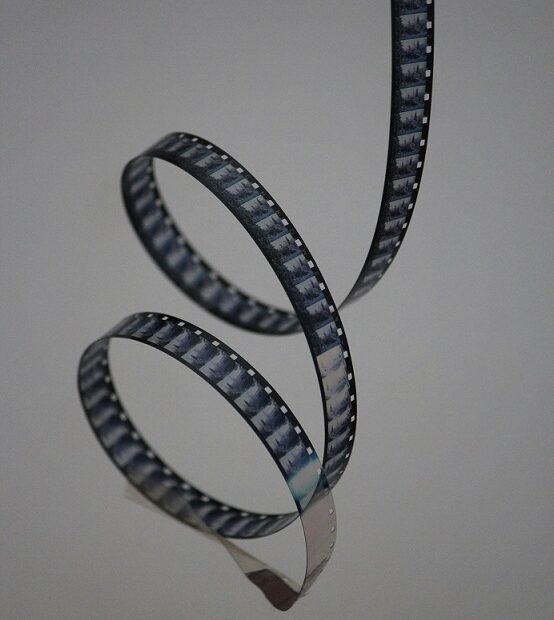Drone cinematography has transformed the way we capture the world around us, offering breathtaking aerial perspectives that were once reserved for big-budget productions. Whether you’re a seasoned filmmaker or an aspiring enthusiast, mastering the art of drone cinematography opens up a world of creative possibilities. In this blog post, we’ll explore some valuable tips to help you elevate your aerial filming skills and capture stunning footage from the skies.
1. Know Your Equipment
Before taking flight, familiarize yourself with your drone’s features, camera settings, and flight capabilities. Understanding the capabilities and limitations of your equipment will empower you to make informed decisions while filming.
2. Plan Your Shots
Great aerial footage starts with careful planning. Before each flight, consider the purpose of your shoot, the story you want to tell, and the key shots you need to capture. Create a shot list or storyboard to guide your filming process and maximize your time in the air.
3. Master Flight Techniques
Practice fundamental flight maneuvers such as hovering, panning, tilting, and orbiting. Smooth and controlled movements are essential for capturing cinematic footage. Experiment with different flight modes and camera angles to achieve dynamic shots.
4. Mind Your Composition
Composition plays a crucial role in creating visually appealing footage. Apply the principles of photography, such as the rule of thirds and leading lines, to frame your shots effectively. Experiment with different perspectives and angles to add depth and interest to your compositions.
5. Harness Natural Light
Lighting can make or break a shot, even in aerial cinematography. Pay attention to the direction, intensity, and quality of light when planning your shoots. Golden hours, sunrise, and sunset offer soft, warm light that enhances the beauty of your footage.
6. Utilize Movement Wisely
Movement adds dynamism to your shots but should be used purposefully. Experiment with different movement patterns, such as slow reveals, tracking shots, and reveal shots, to convey emotion and narrative in your footage. Smooth and gradual movements often yield the best results.
7. Embrace Post-Processing
Post-processing can elevate your footage to the next level. Experiment with color grading, contrast adjustments, and stabilization techniques to enhance the visual impact of your footage. However, exercise restraint and avoid over-editing, as natural-looking footage is often the most captivating.
8. Ensure Safety First
Safety should always be your top priority when flying drones. Familiarize yourself with local regulations, airspace restrictions, and safety guidelines before taking flight. Be mindful of weather conditions, obstacles, and potential hazards in your surroundings.
9. Seek Inspiration
Study the work of other drone filmmakers and cinematographers for inspiration and ideas. Analyze their techniques, compositions, and storytelling approaches to broaden your creative horizons. Drawing inspiration from diverse sources can spark new ideas and perspectives.
10. Practice, Practice, Practice
Like any skill, drone cinematography requires practice and patience to master. Dedicate time to honing your skills, experimenting with different techniques, and learning from both successes and failures. With each flight, you’ll gain valuable experience and confidence in your abilities.
Conclusion
Drone cinematography offers endless opportunities for creativity and expression, allowing filmmakers to capture awe-inspiring aerial footage that captivates audiences worldwide. By applying these tips and techniques, you can enhance your aerial filming skills and unleash your creative vision from the skies.

